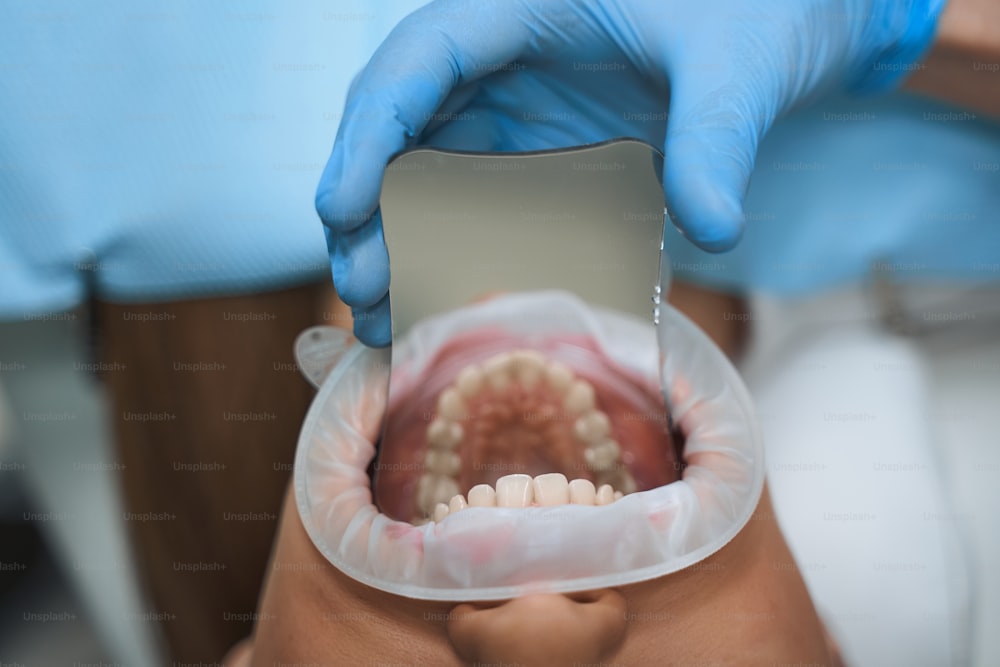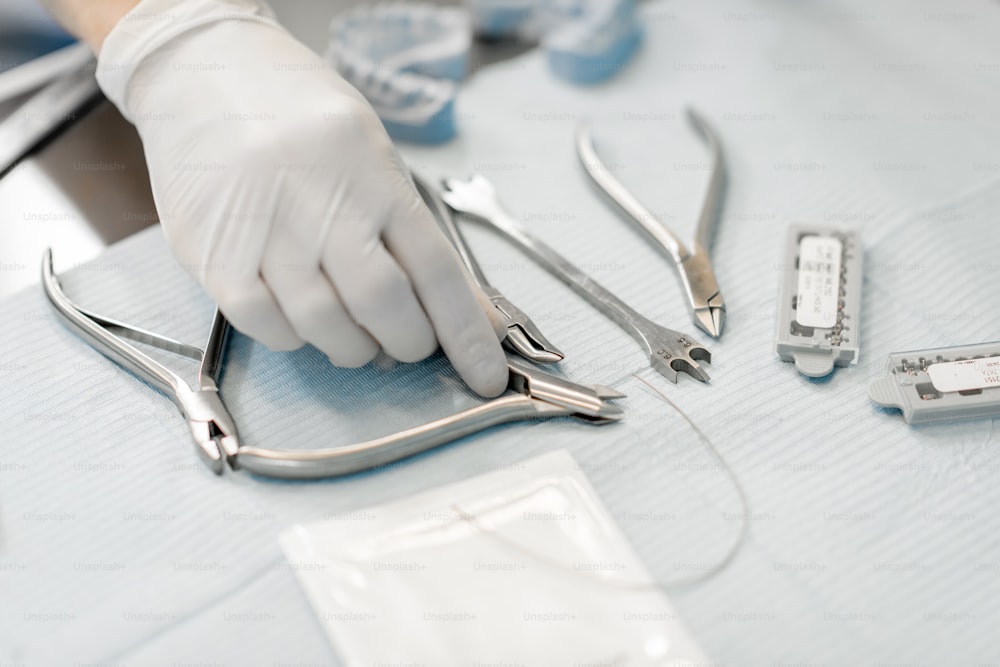Johnstown Dentist Offices - Dental Implants Zanesville OH
Johnstown Dentist Offices - Dental Implants Zanesville OH
Blog Article
Dental Implant Pataskala OH - Dental Care
Dental implants are a well-liked solution for missing teeth, gaining prominence for their ability to imitate the structure and performance of natural teeth. The success of dental implants hinges considerably on their integration with the jawbone. This course of, known as osseointegration, is important for creating a steady and long-lasting basis for the bogus tooth.
Osseointegration happens when the implant interacts with the bone tissue, leading to a firm connection. The materials used in dental implants, typically titanium or titanium alloys, possess bio-compatibility characteristics that encourage bone development round them. This integration allows for a functional and stable assist system for prosthetic teeth.
When an implant is positioned in the jawbone, the body responds by initiating a therapeutic process that promotes the growth of latest bone cells. Over time, these bone cells deposit around the implant, successfully anchoring it in place. This natural organic process is influenced by varied elements, together with an individual’s overall health, the standard of the bone, and the surgical approach employed (Dental Implant Condit OH).

It is crucial to know that not all sufferers are perfect candidates for dental implants. Several components can affect the likelihood of successful osseointegration. Conditions such as uncontrolled diabetes, smoking, and osteoporosis can hinder the healing process and challenge the steadiness of the implant. Therefore, a thorough dental and medical evaluation is essential before the procedure.
Dental Implant Sunbury OH - Dental Care
The procedure usually begins with the cautious placement of the implant into the jawbone. This is finished beneath native anesthesia to ensure patient comfort. Following the insertion, a healing period is essential, ranging from a couple of weeks to several months. This timeframe allows for adequate bone regeneration and integration to happen, in the end resulting in a strong, functional unit.
During the healing section, a protecting cover may be placed over the implant. This ensures that the site stays undisturbed and permits for optimal conditions. Once therapeutic is full, an abutment is attached, which serves because the connector between the implant and the dental crown. The ultimate restoration is then custom-made to match the color and form of the natural teeth, guaranteeing a seamless appearance.
The relationship between dental implants and the jawbone is dynamic. The mechanical forces generated during biting and chewing stimulate the bone across the implant. This stimulation is significant for maintaining bone density and health. Failure to supply such stimulation can lead to bone resorption, which can jeopardize the steadiness of the implant over time.
Regular follow-up visits to the dentist are crucial for monitoring the combination process and addressing any issues promptly. These visits also help make sure that the peri-implant tissues stay healthy. Oral hygiene practices, including brushing and flossing, play a significant role in supporting the health of the tissues surrounding the implant.
Dental Implant Galena OH - Oral Surgeon - Oral Surgery Office

Long-term success incessantly hinges on the bone's ability to accommodate the implant's presence. Bone reworking can happen based on the stresses and strains exerted on the implant. If the implant is exposed to excessive forces, it could end in issues. Adequate care and a focus to patient-specific traits are paramount in attaining favorable outcomes.
In some cases, supplemental procedures, such as bone grafting, may be essential before implant placement. This is often the case when there is insufficient bone volume to support an implant. Bone grafting enhances the quantity and quality of bone, thereby selling higher integration outcomes. These further procedures, whereas sometimes deterring for patients, can significantly enhance the probabilities of successful osseointegration.
Technological advancements in dental implant technology continue to evolve. The introduction of 3D imaging and computer-aided design has visite site revolutionized the planning and placement of dental implants. These fashionable methods enhance precision, cut back surgical risks, and promote higher healing outcomes by guaranteeing that implants are positioned optimally inside the jawbone.
Dental Implant Granville OH - Dental Hygienist near Ohio
Educating sufferers concerning the importance of osseointegration is essential. Understanding the need for post-operative care, including dietary restrictions and the importance of avoiding dangerous habits like smoking, can contribute to the success of the implant. An informed patient is more likely to adhere to care suggestions, leading to a better success rate (Dental Implant Johnstown OH).
Successful osseointegration ultimately leads to a number of benefits for sufferers. These include improved aesthetic appearance, enhanced performance, and elevated confidence. The ability to eat a broader range of meals and speak clearly without the worry of unfastened dentures provides a significant quality-of-life enchancment.
Maintaining an open dialogue with dental professionals ensures that sufferers feel supported throughout their dental implant journey. Through a collaborative approach, sufferers can tackle any issues that arise throughout remedy and recovery. This partnership fosters a trusting relationship that in the end contributes to profitable integration.
Dental Implant Granville OH - General dentists within 20 miles of Ohio
Dental implants present a flexible and effective resolution for tooth replacement. Their ability to integrate with the jawbone not only restores misplaced function but in addition enhances the general health of the oral cavity. By investing time and effort into the osseointegration process, dental professionals and patients can work collectively to achieve long-lasting results.
The journey toward a totally practical smile could contain challenges, but the rewards are profound. A well-integrated implant can offer a lifetime of benefits, provided that both the implant and surrounding buildings are appropriately cared for. Education and commitment to oral hygiene are very important components of guaranteeing that dental implants remain a successful resolution long into the future.
In conclusion, understanding how dental implants integrate with the jawbone is integral to appreciating their role in modern dentistry. To fully benefit from their advantages, patients must be proactive in their care and attentive to the recommendation of their dental professionals. Ultimately, the interaction between implants and bone health shapes the success of therapy, leading to bright, confident smiles.
- Dental implants are designed to mimic natural tooth roots, permitting for steady and safe integration with the jawbone by way of a course of referred to as osseointegration.
- The floor texture of implants plays a vital function; micro-roughened surfaces enhance bone cell attachment and promote sooner therapeutic and integration.
- Depending on the implant material, titanium is most commonly used as a end result of its biocompatibility, allowing the body to merely accept the implant with out rejection.
- The placement of a dental implant entails surgically embedding it into the jawbone, after which the bone progressively grows around the implant, securing it in place.
- Adequate bone density and volume are important for profitable integration; insufficient bone might require grafting procedures earlier than implant placement.
- The body’s natural therapeutic responses facilitate the growth of latest bone cells around the implant, strengthening the connection and ensuring long-term sturdiness.
- After the preliminary healing phase, dental professionals could use imaging strategies to watch the integration process and guarantee proper alignment and stability.
- Implant integration is influenced by factors such because the patient’s general health, smoking habits, and oral hygiene practices, which may affect bone healing and implant success.
- Over time, the profitable integration of a dental implant can lead to bone reworking, the place the jawbone density improves as a result of mechanical stress positioned by the implant throughout chewing.
- Long-term studies point out that properly integrated implants can final for decades, underscoring the significance of meticulous surgical method and patient care in reaching lasting results.undefinedWhat are dental implants and the way do they work with the jawbone?
Dental Implant Galena OH - Best Dental Implants near Ohio
Dental implants are synthetic tooth roots produced from biocompatible supplies like titanium. They are surgically placed in the jawbone, the place they fuse with the bone through a course of known as osseointegration, providing a secure basis for replacement teeth.

How long does the mixing course of take?
The integration process typically takes about three to six months, relying on particular person therapeutic rates and the quality of the jawbone. During this time, the implant and jawbone gradually bond, ensuring stability for the bogus tooth.
What components affect the success of dental implant integration?
Dental Implant Granville OH - General and Restorative Dentistry
Several components can affect the success of integration, including the patient’s total health, the density of the jawbone, about his oral hygiene practices, and adherence to post-operative care instructions. A thorough analysis by a dental skilled may help assess these factors.
Can anyone get dental implants?
Most adults are eligible for dental implants, supplied they have sufficient jawbone density and good oral health. However, people with certain medical conditions, like uncontrolled diabetes or lively periodontal disease, may require further analysis before present process the process.
What happens if the jawbone isn't strong sufficient for an implant?
Dental Implant Johnstown OH - Dental Hygienist near Ohio
If the jawbone is inadequate, a bone grafting procedure could also be performed to construct it up earlier than placing the implant. This process can take extra time, because it allows the grafted bone to integrate with the present jawbone.
Are there particular materials used for dental implants?

Yes, dental implants are commonly created from titanium, known for its strength and compatibility with human tissue. Some implants may also make the most of zirconia, a ceramic materials, which provides a tooth-colored appearance and is suitable for these with metallic allergies.
Dental Implant Sunbury OH - Oral Surgeon - Oral Surgery Office
What does the recovery process appear to be after implant placement?
After the location of dental implants, sufferers can anticipate some swelling and discomfort for a couple of days. It’s essential to observe post-operative care instructions, preserve oral hygiene, and attend follow-up visits to monitor therapeutic and integration progress.
How can I make sure the success of my dental implants?
To ensure the success of dental implants, maintain good oral hygiene, attend regular dental check-ups, keep away from smoking, and follow your dentist's post-operative care directions fastidiously. Your overall health and life-style choices also play a vital role in the longevity of your implants.
Dental Implant Hartford OH - Best Dentists with Reviews
What are the potential risks of dental implant surgery?
As with any surgical process, there are risks involved, including infection, nerve injury, and implant failure as a outcome of insufficient integration with the jawbone. Discussing these risks along with your dental professional prior to surgery can help you make an informed choice.
Report this page